Description
Edible Hibiscus, Abelmoschus manihot, bele or abika, is a nutritious, high in protein, perennial shrub grown for its large leaves. The plant grows up to 12 feet tall, has leaves as large or larger than a plate, and a beautiful hibiscus flower. This plant is extremely hardy, vigorous and abundant. What a perfect food source! Edible Hibiscus has become one of my staple vegetables because it almost always has leaves I can harvest.
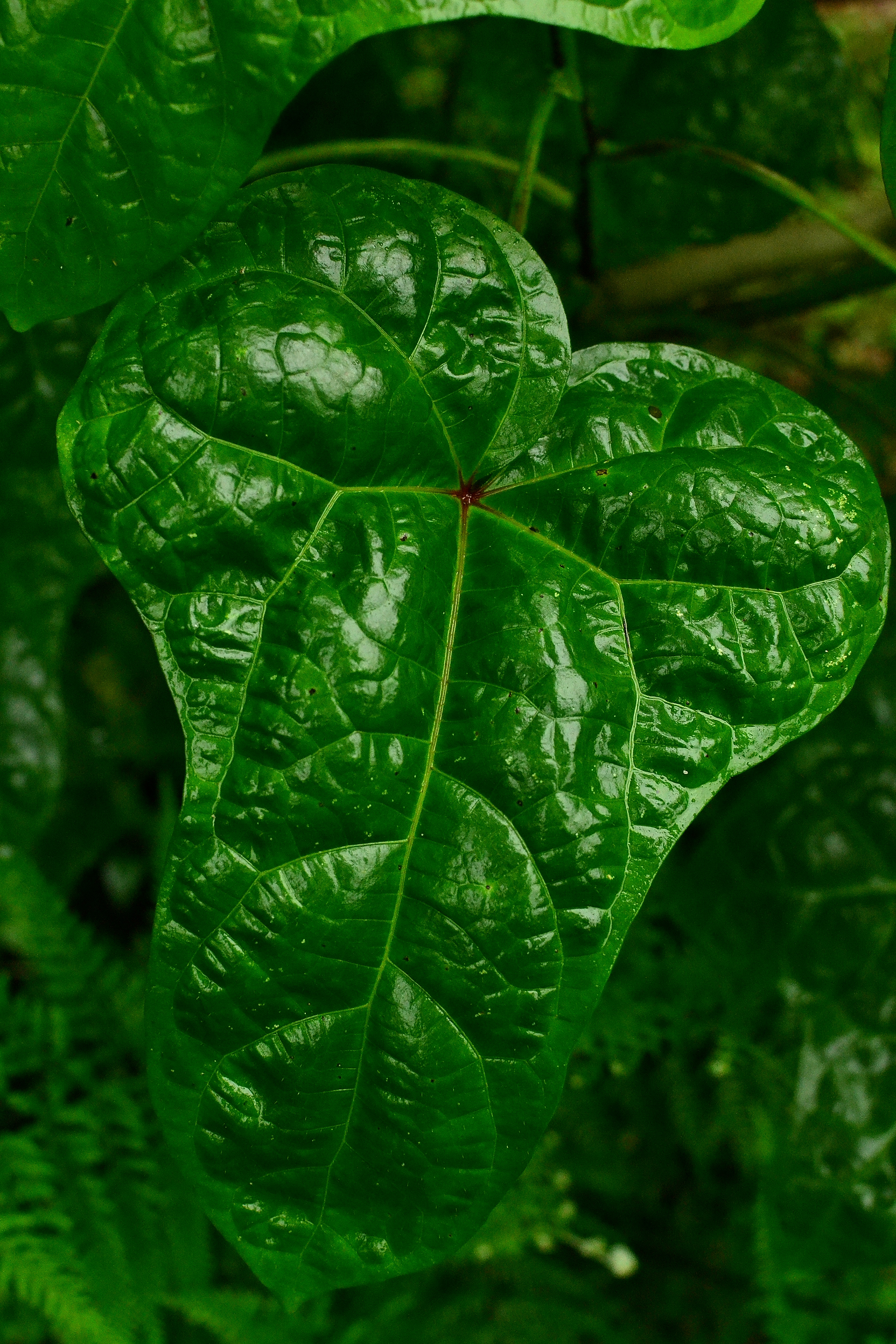
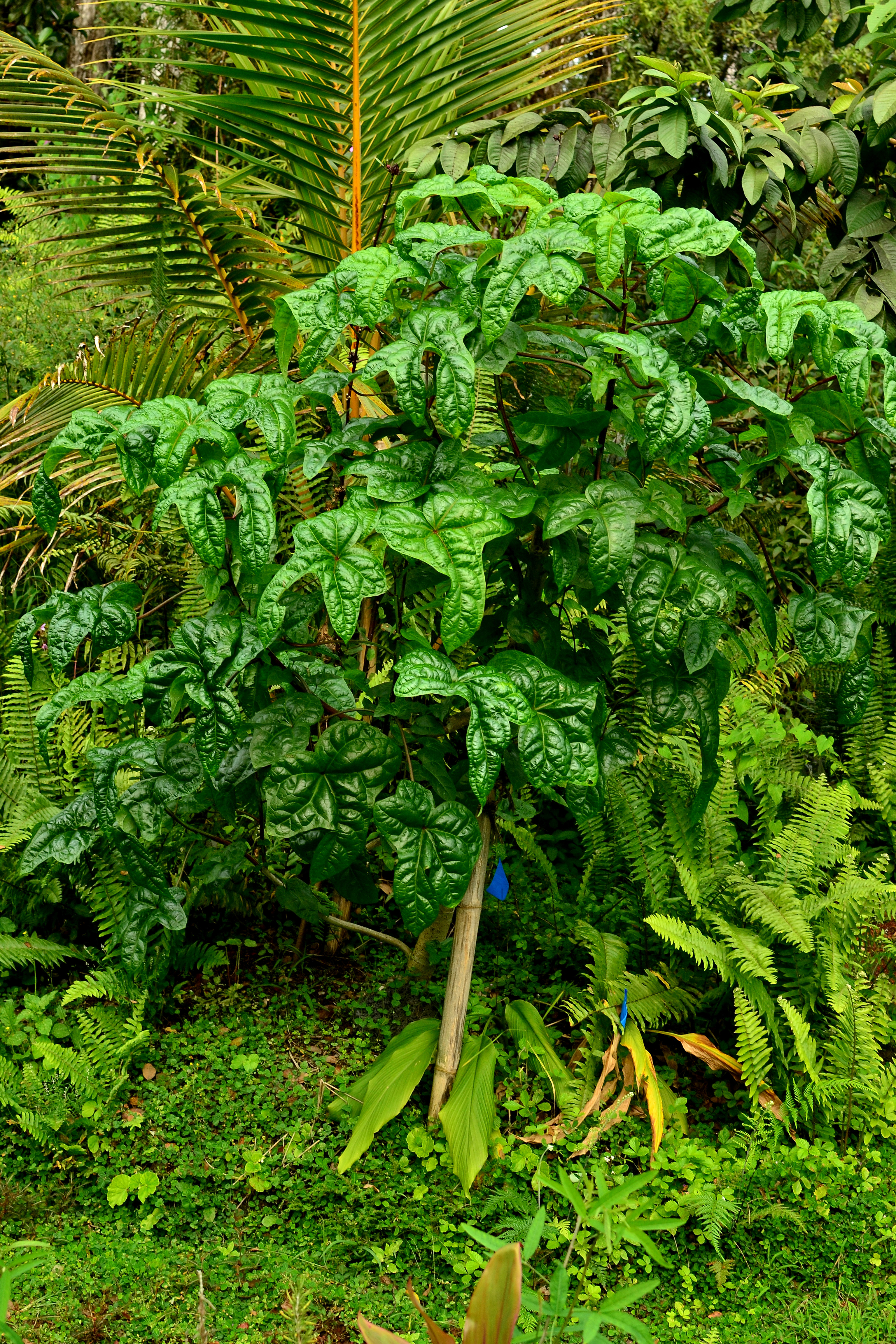
Propagation
Edible Hibiscus is grown primarily from cuttings. Simply cut off a branch or some of the trunk and take those cuttings and stick them in the ground. They will take off after a short period and begin growing rapidly! I usually use cuttings a foot or so (30 cm) in length.
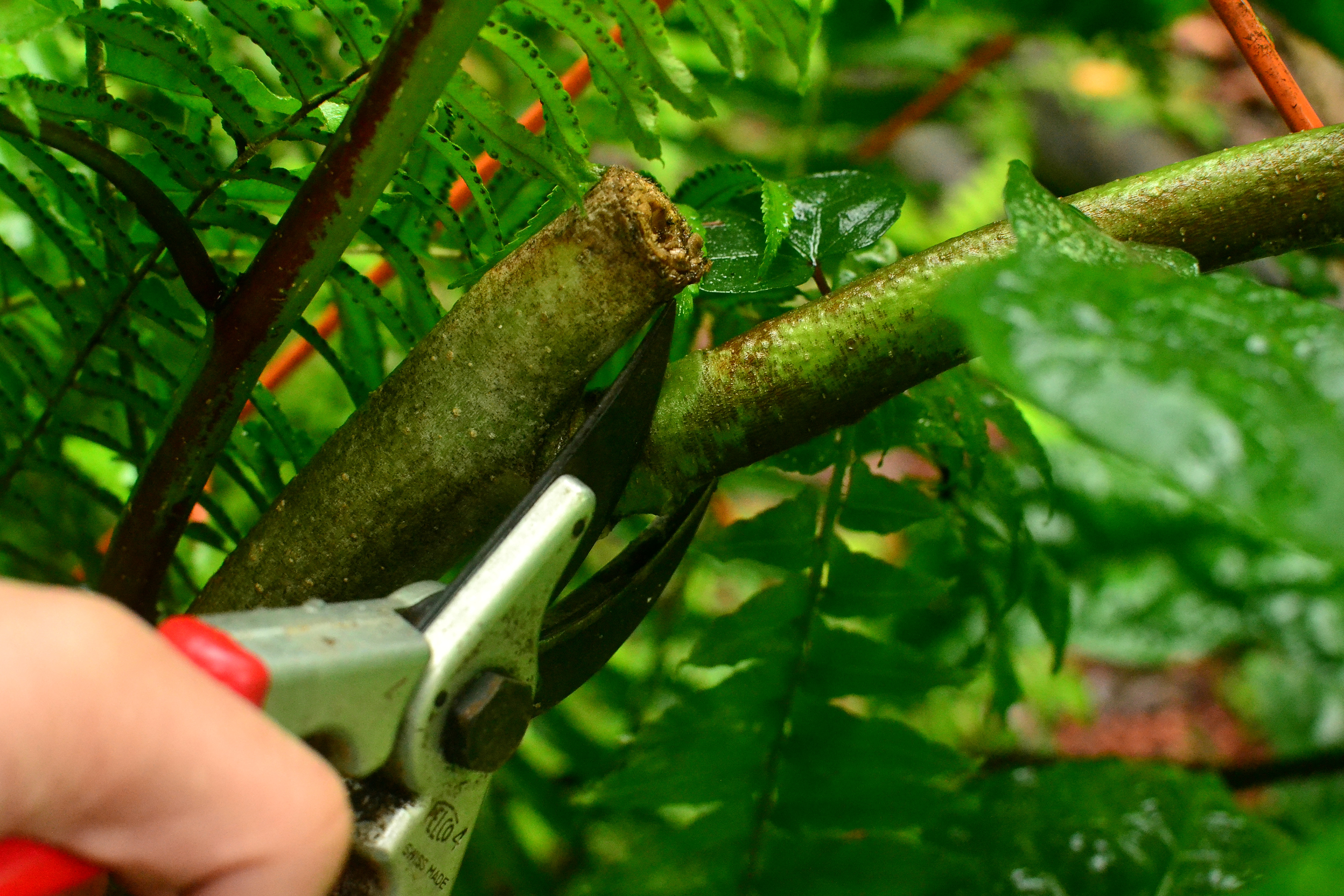
Cut off branch or trunk.
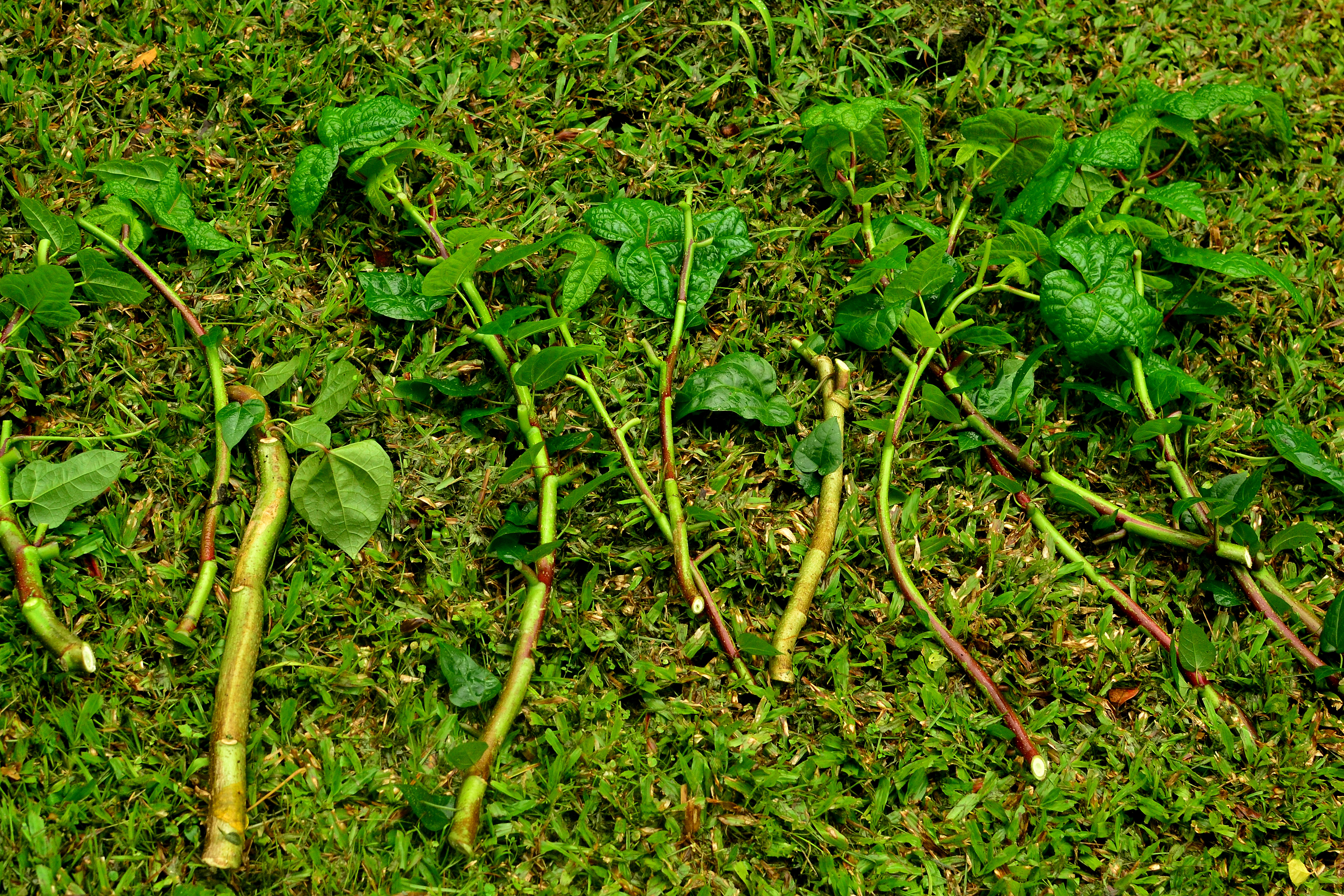
Trim off larger leaves.
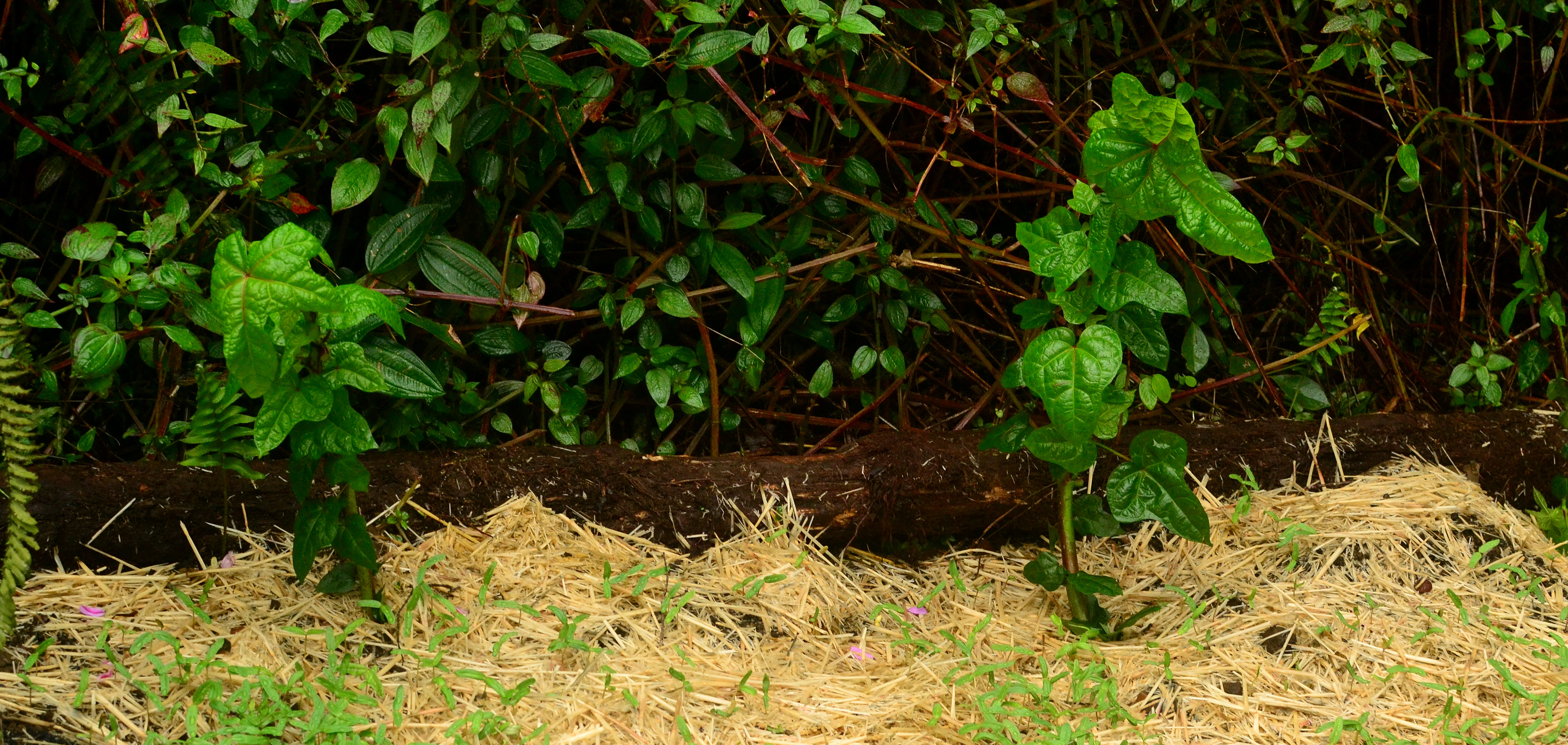
Stick into the ground.
Care
Make sure to give the plant plenty of water. It grows in part shade as well as full sun. Just sit back and watch it grow!
In my experience the plant gets top heavy and falls over in large rains/winds, so I constantly cut it back so its not too heavy and have it supported by a trellis.
Eating
You may eat the leaves raw or cooked, boiled or roasted. The larger leaves seem to be a bit more slimy than the smaller ones. But are both delicious. I usually eat smaller leaves raw and cook larger ones. Leaves are also excellent for thickening sauces or soups.
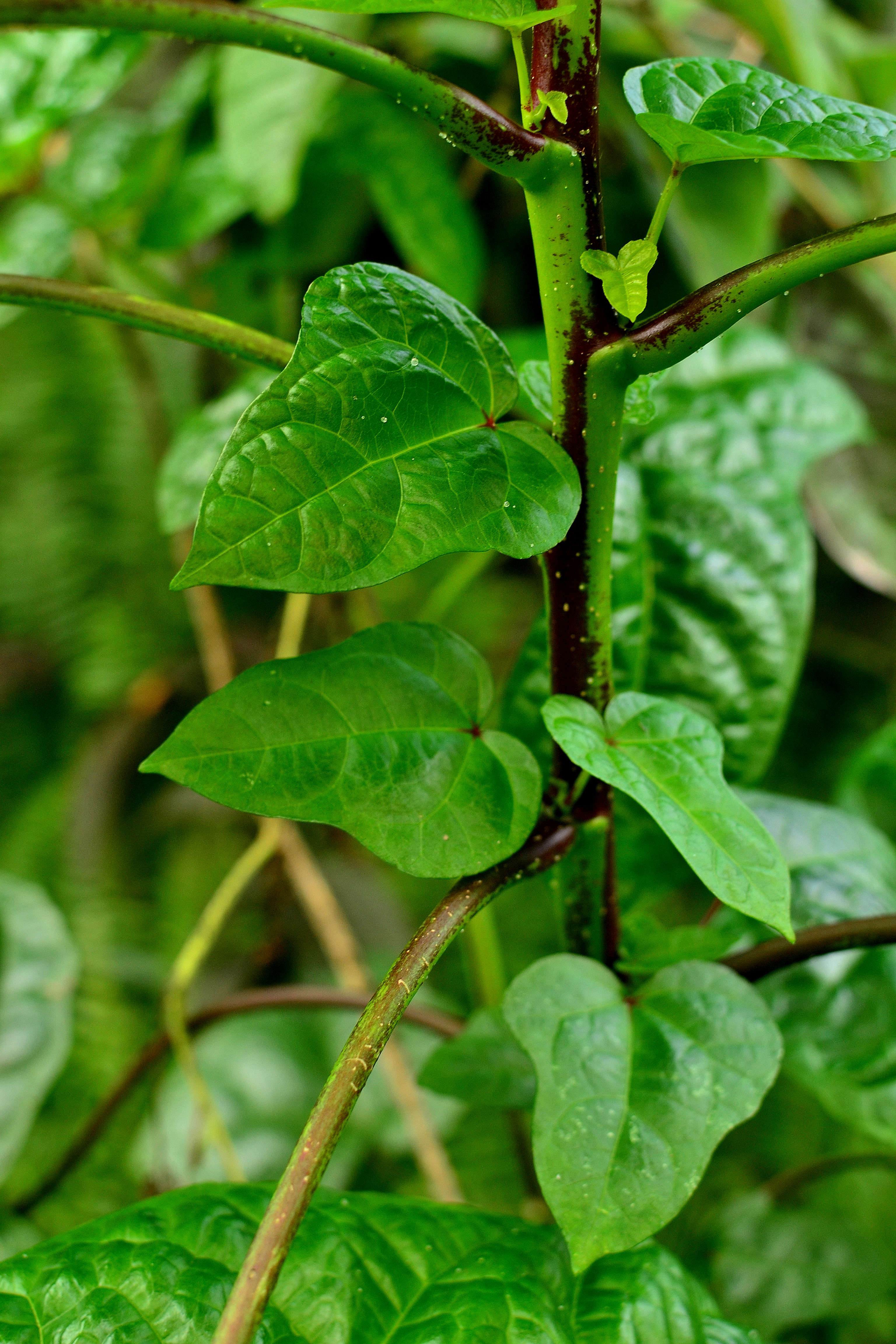
Where to obtain planting materials
Ask anyone growing edible hibiscus for cuttings.
My Garden
I have trouble growing annuals during winter, due to day length, so I have to rely on my perennials for my food source. I’ve been growing Edible Hibiscus for over a year now, but I was only using it occasionally until recently. So noting the abundance of leaves on the hibiscus, I decided to eat it more regularly and I’m really enjoying it! Now that the plant is established, I have to prune the plant heavily every few weeks, giving me tons of cuttings to spread all over the yard. Aiding in over-abundance of a valuable food source, gearing me toward food self-sufficiency, the ultimate goal. Here’s some of my plantings around the yard:
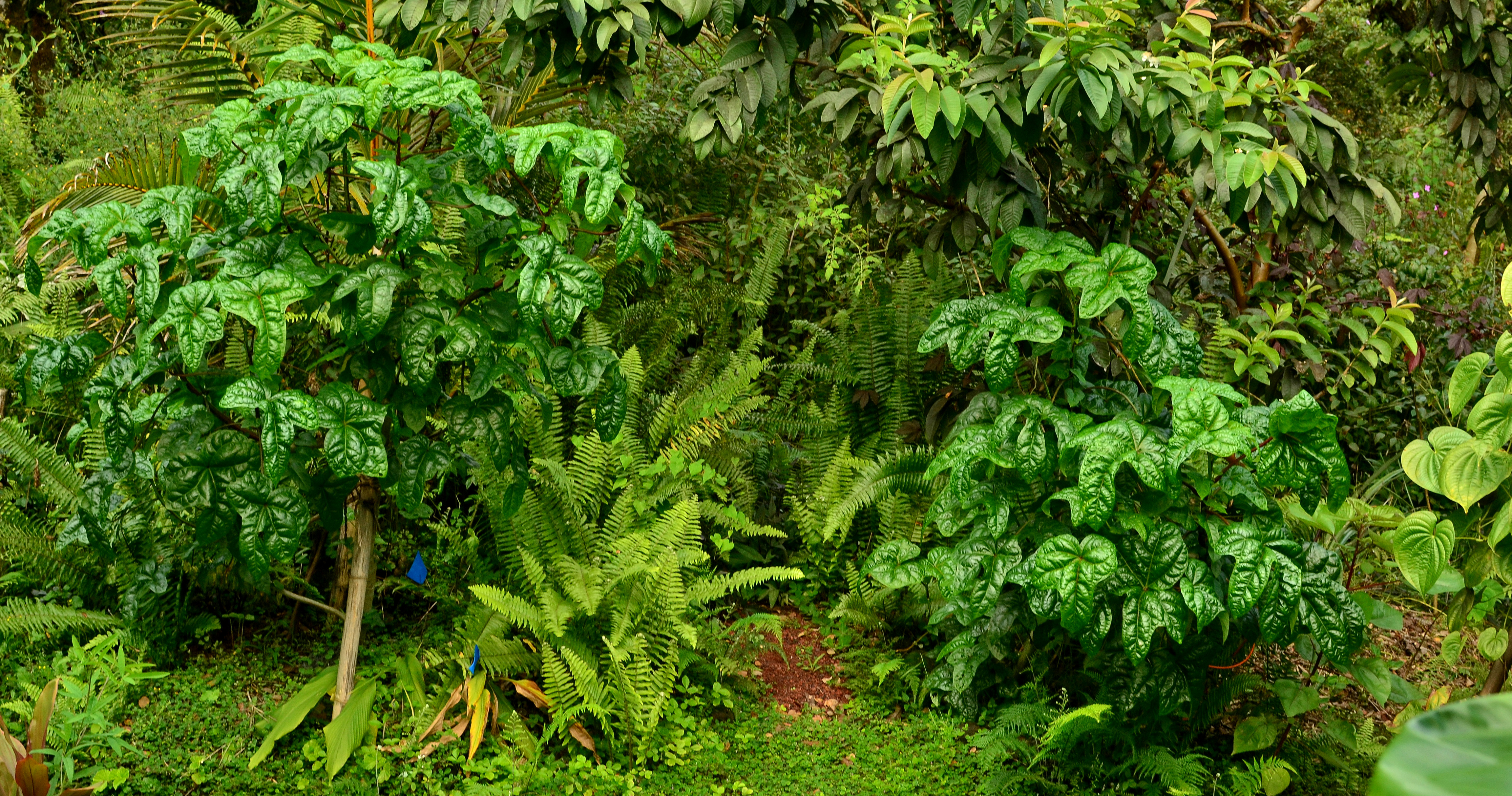
Main garden: Edible Hibiscus, Guava, Araza, Coconut, Roselle, Cranberry Hibiscus, Cabbage, Turmeric, Strawberry, Hot Peppers, Air Potato, Tomato, Chia, Sweet Potato, Basil and many others.
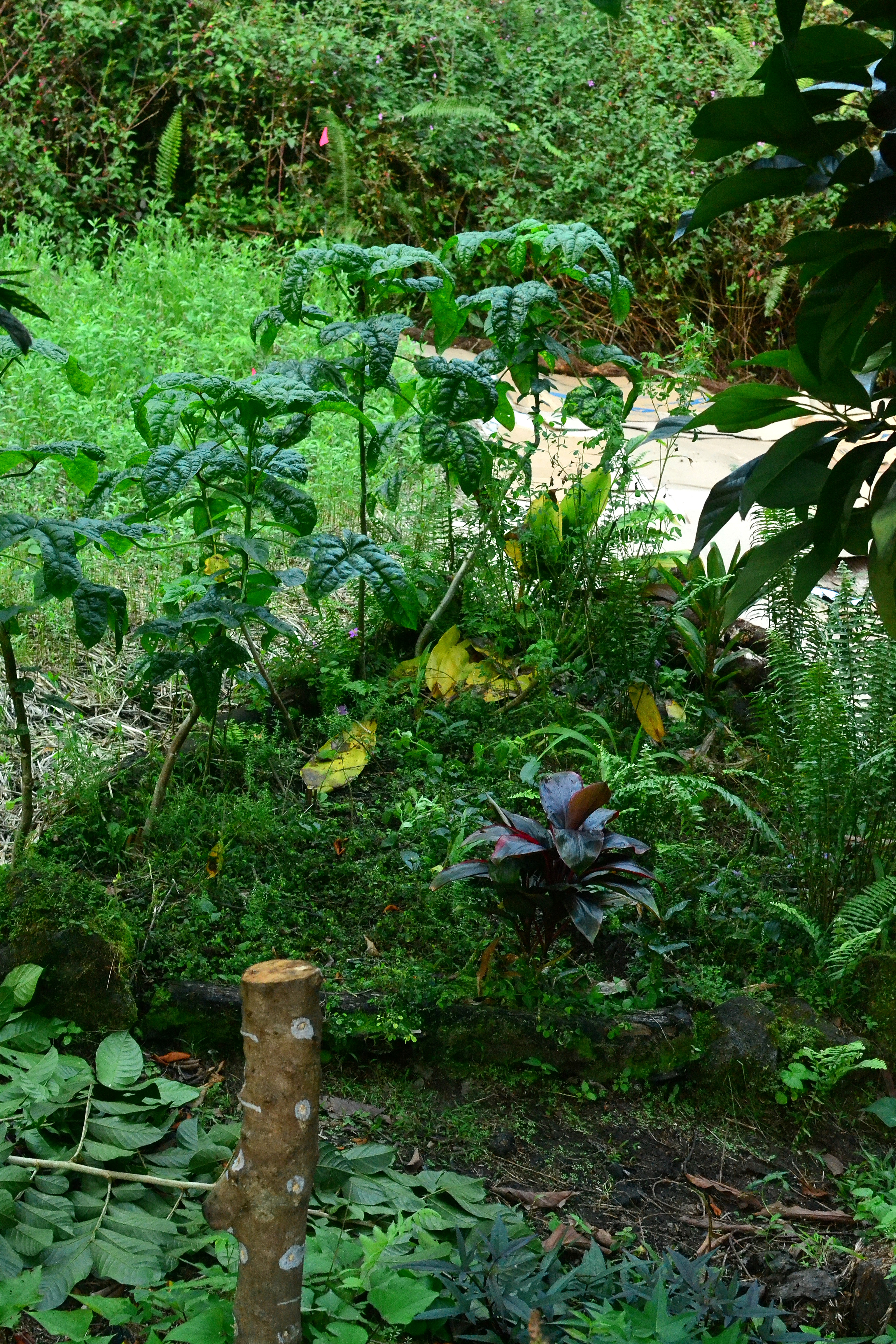
Food Forest: Understory: Edible Hibiscus, Tea, Sweet Potato, Ti, Desmodium, Okinawa Spinach, Cardamom, Crotolaria, Moringa, Sissoo Spinach, Taro, Chaya, Poha and a mushroom log. Overstory: Avocado, Orange, Star-Apple, Hawaiian Cotton, Papaya, Brazilian Cherry, Breadfruit, Kōpiko and ‘ōhi’a Lehua. Young Trees: Acerola, Finger Lime, Allspice, Vi, Ice Cream Bean, Gliricidia, Mangosteen and Banana.
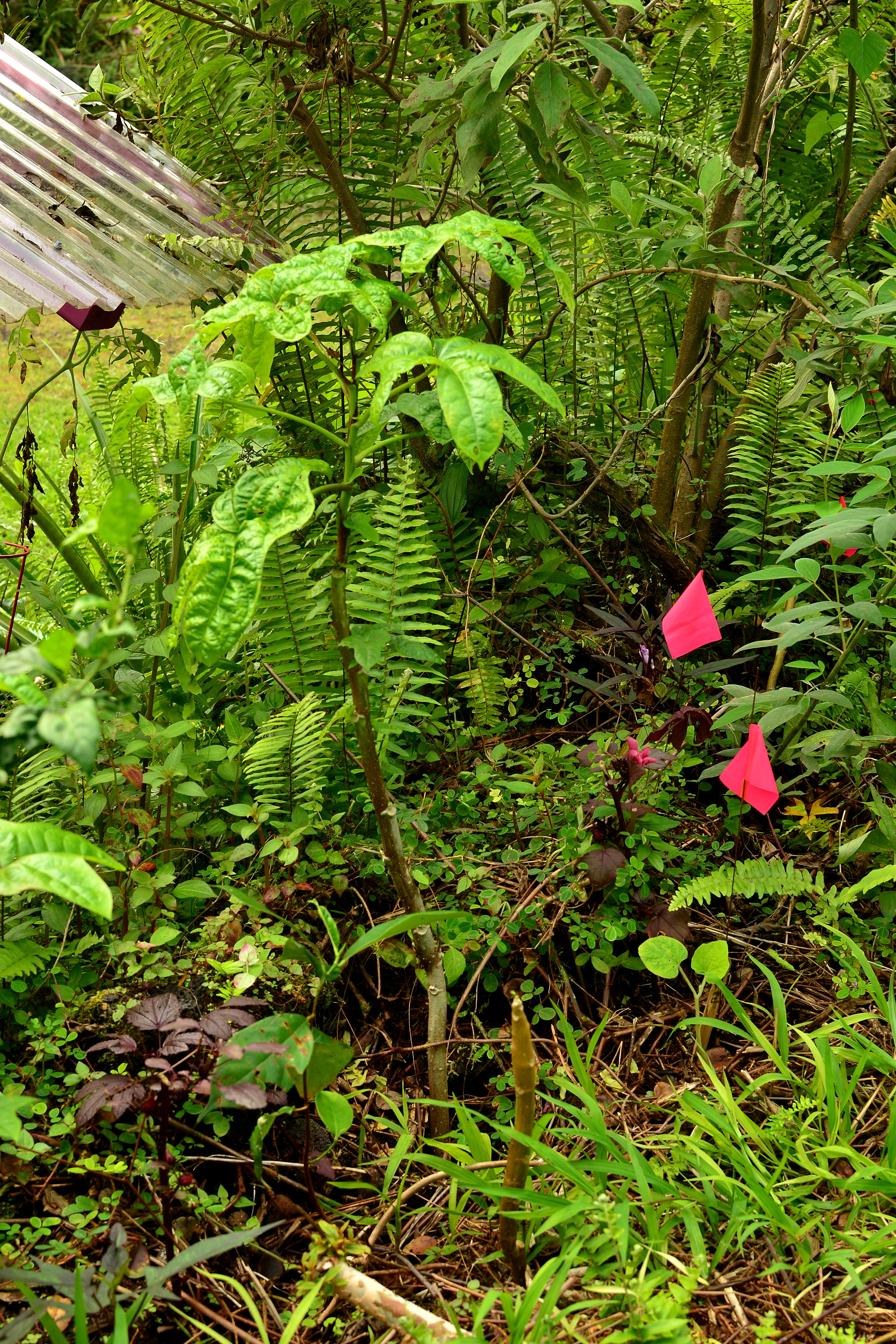
Behind Nursery Table: Edible Hibiscus, Cranberry Hibiscus, Chaya, Gourd, Pigeon Pea, Sour Bush, Sweet Potato, Voluntary Artocarpus, and Desmodium, behind these are a row of Bananas, Lemongrass and a Gliricidia.
Happy Gardening!